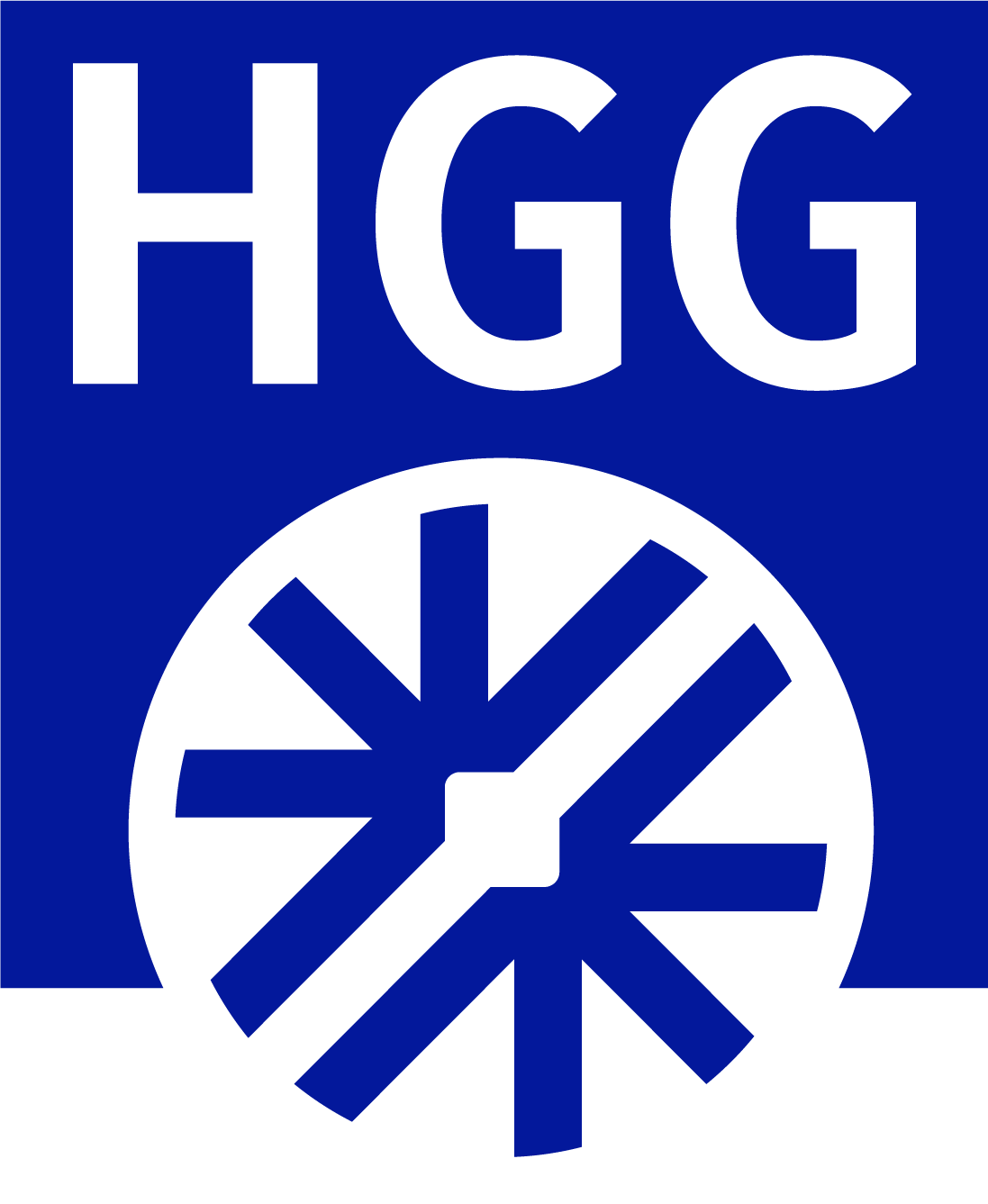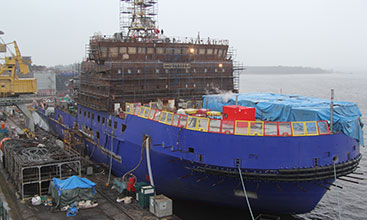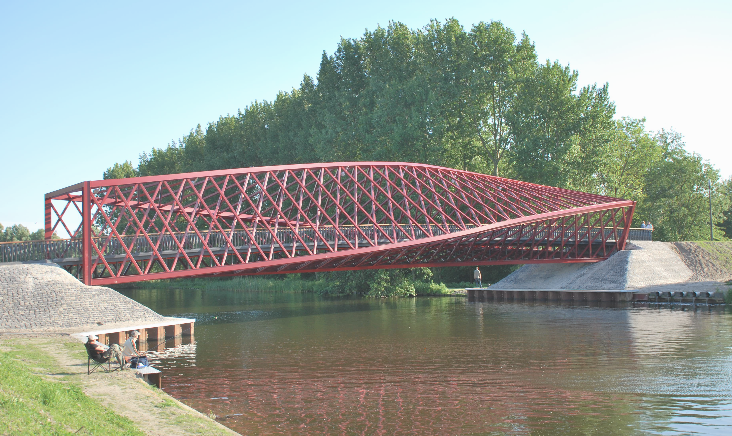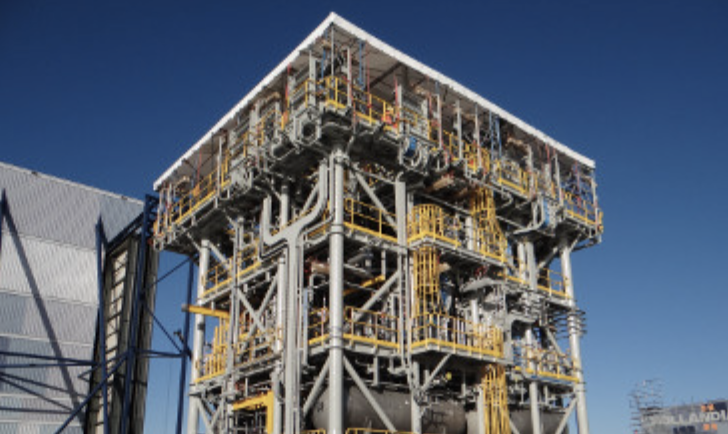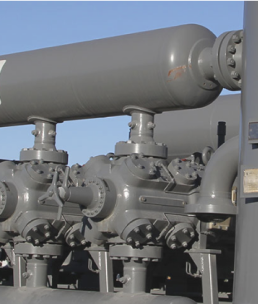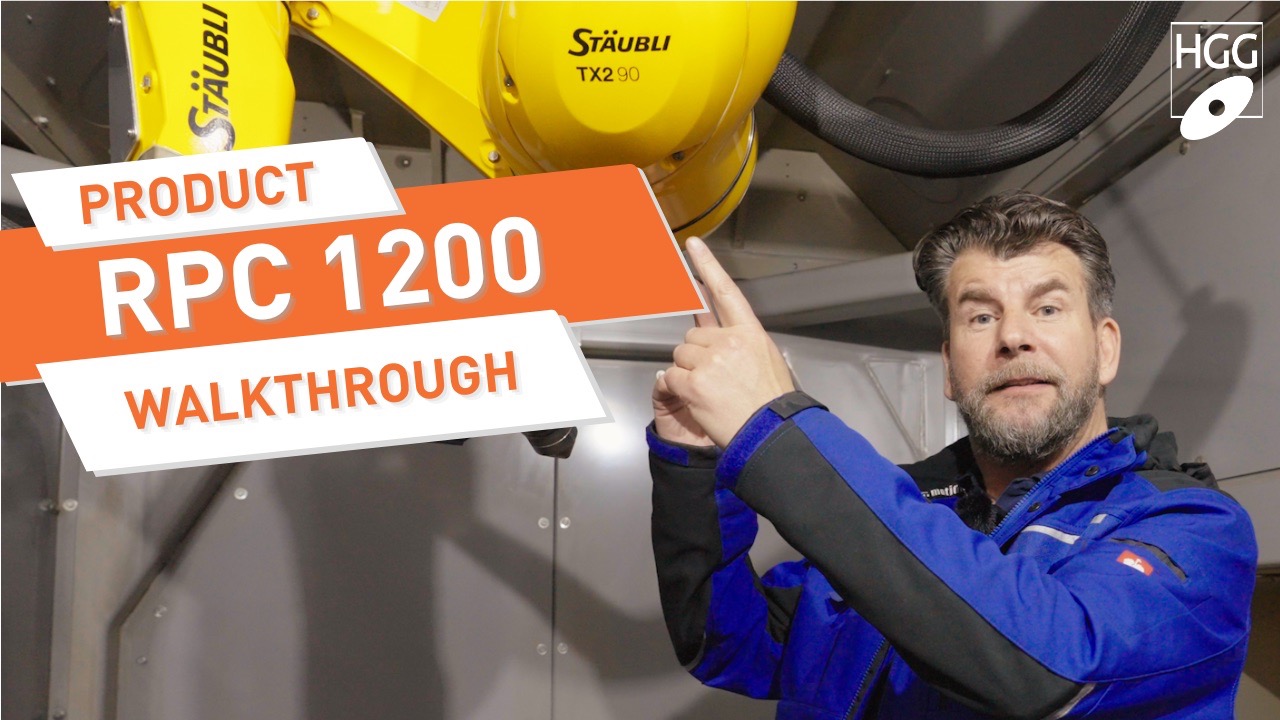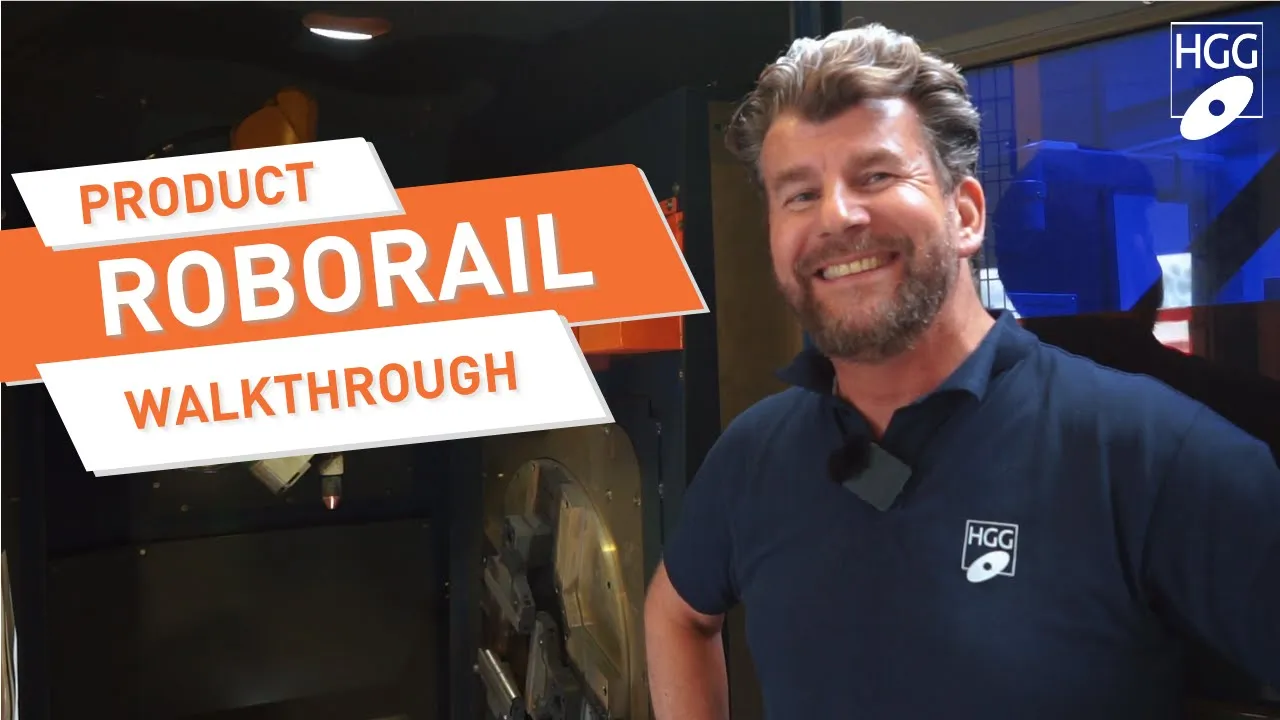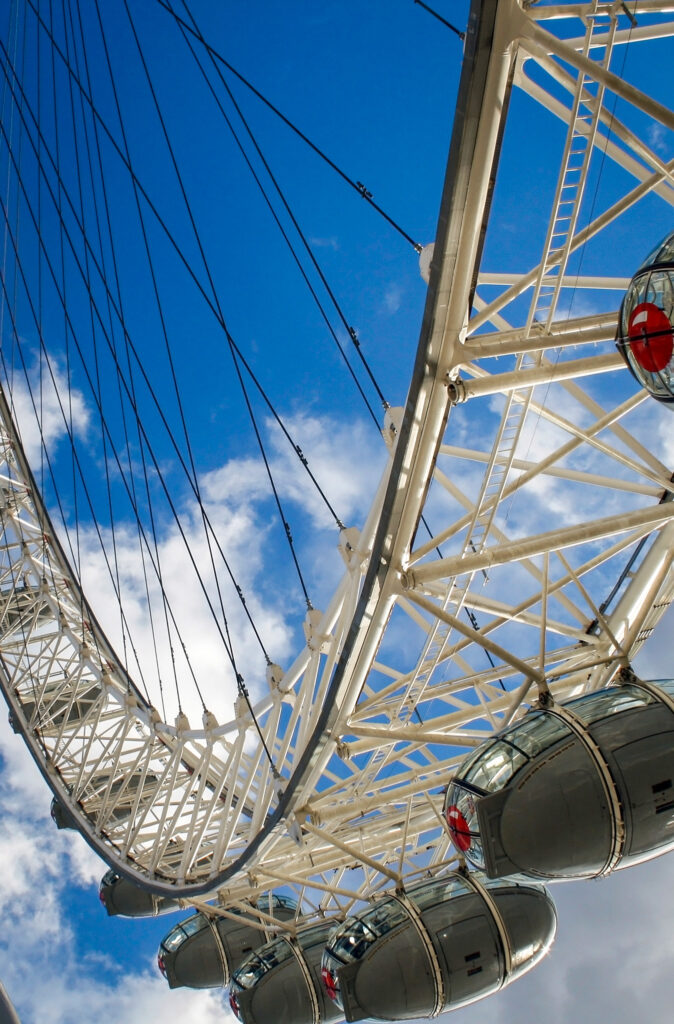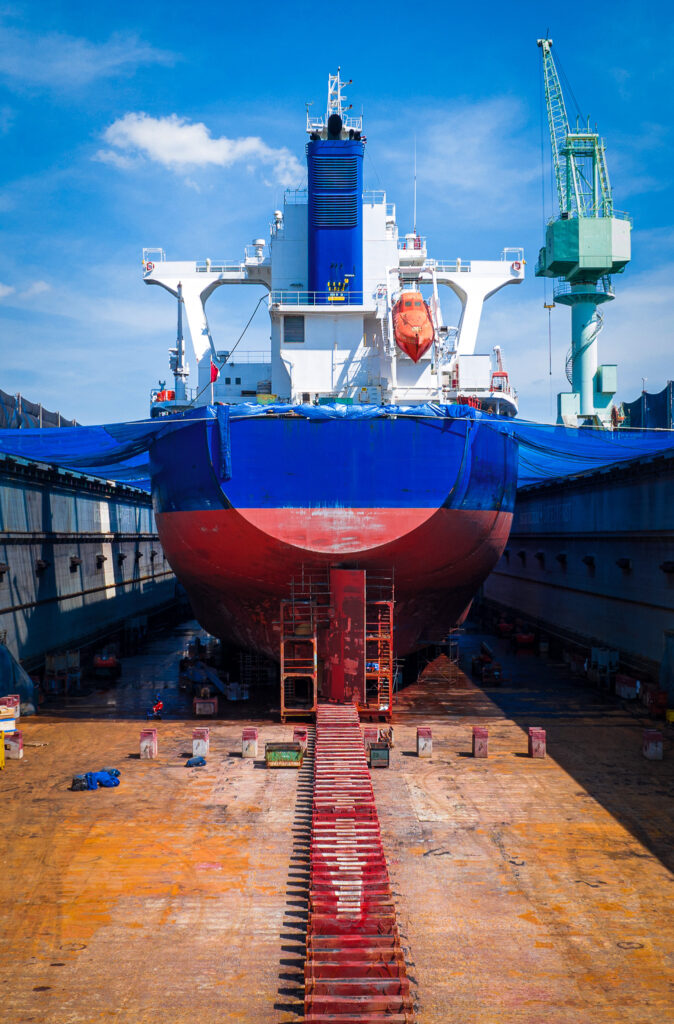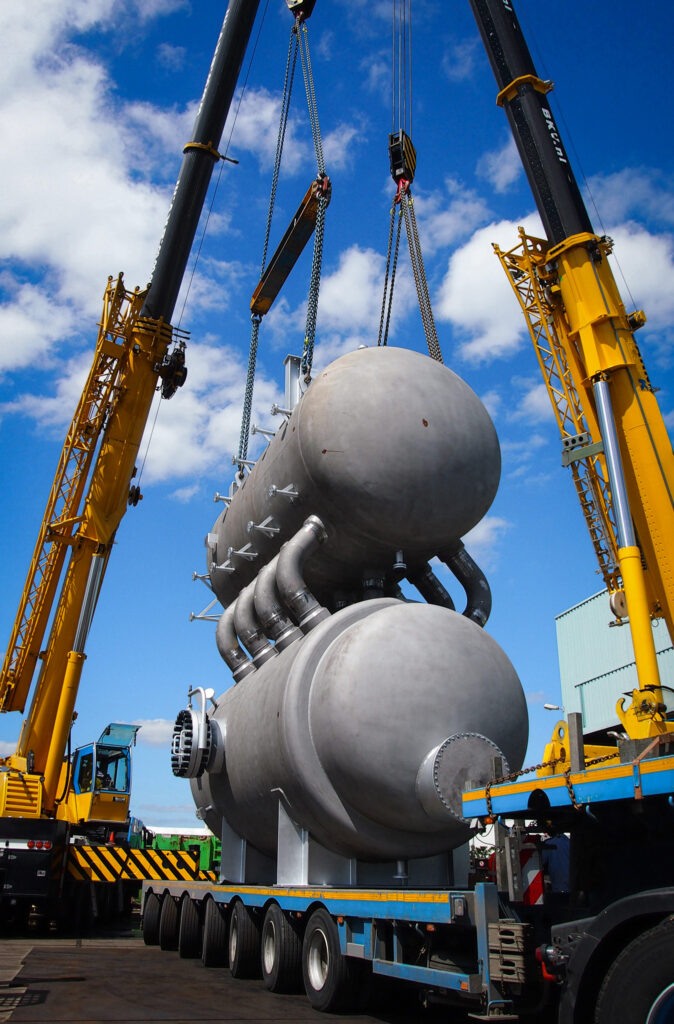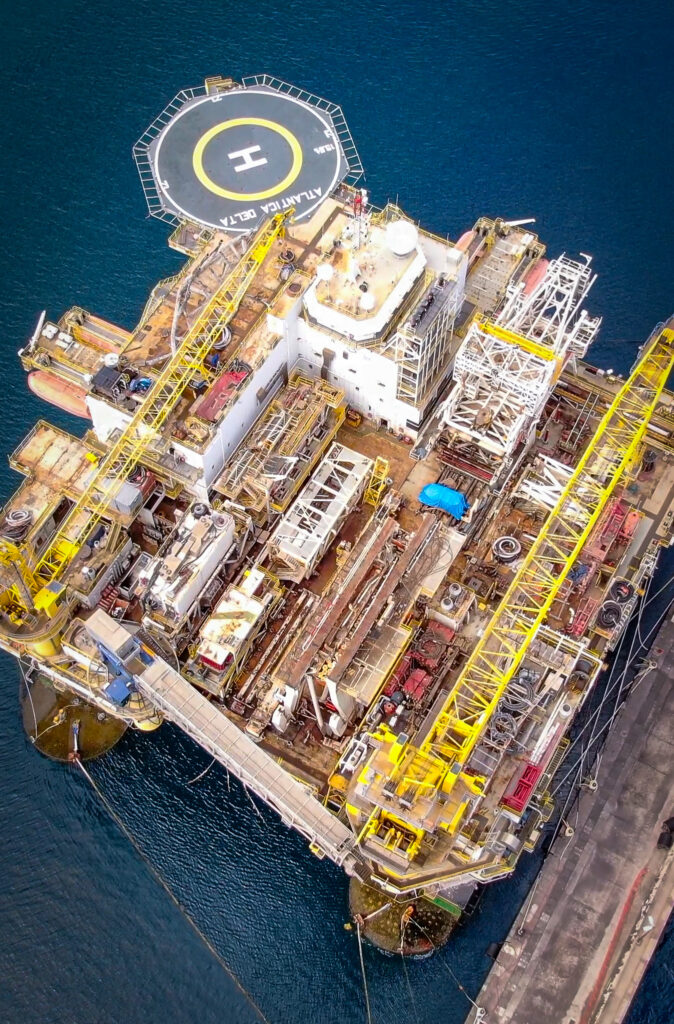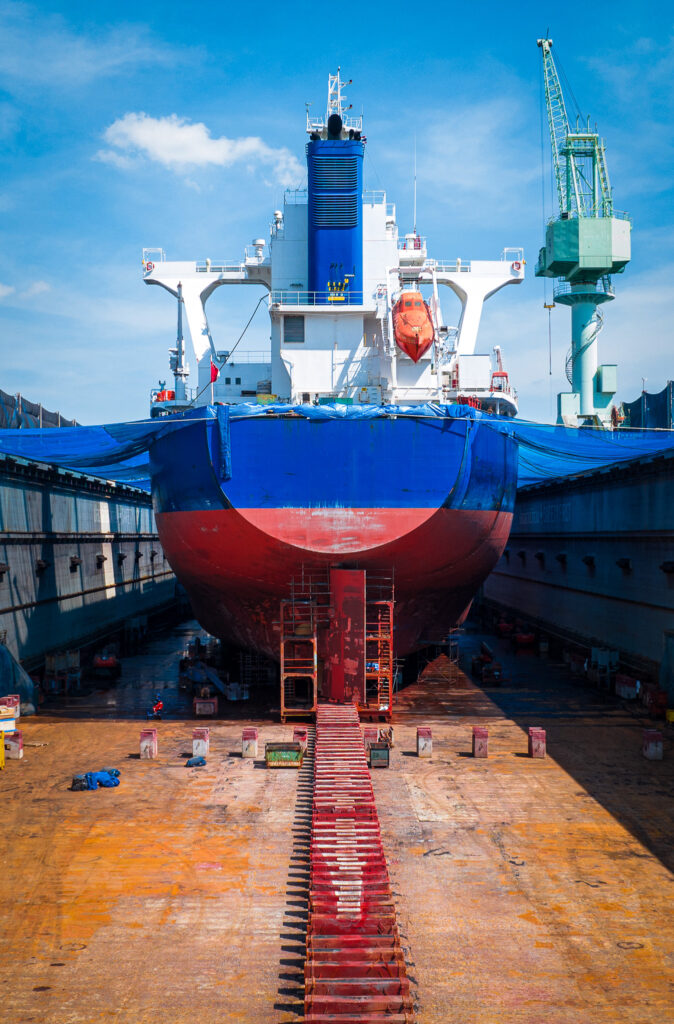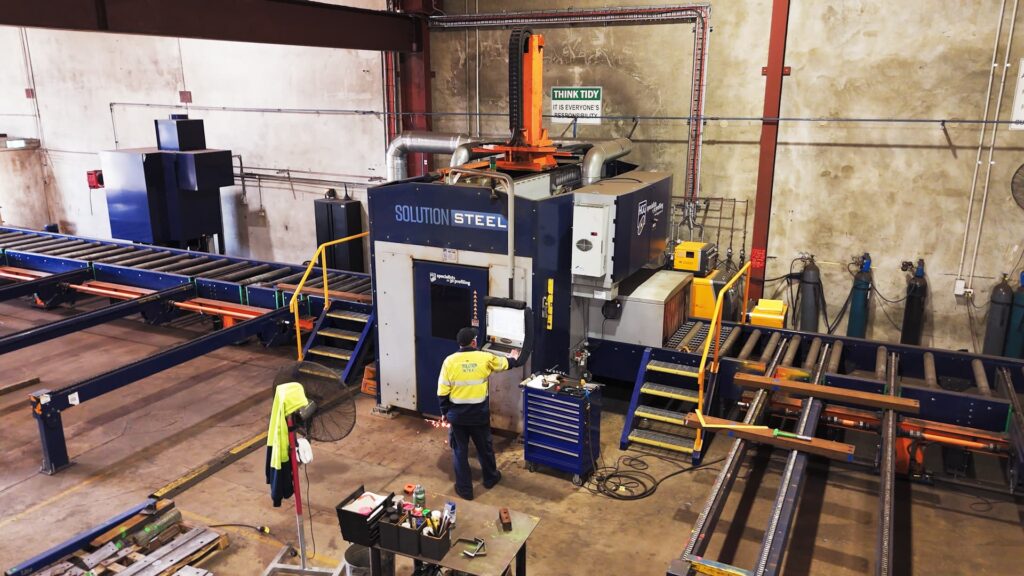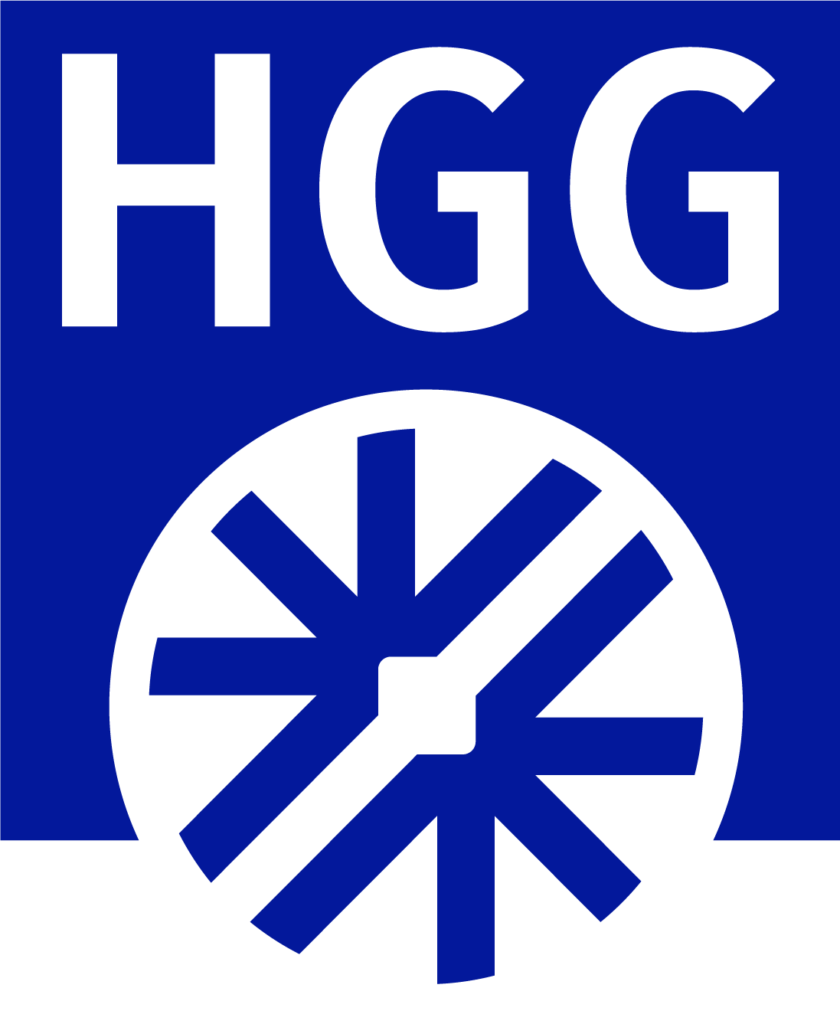Find the machine you’re looking for
Which Profile Shape Do You Need To Cut?
Find the machine you’re looking for
Which Profile Shape Do You Need To Cut?
Find the machine you’re looking for
Which Profile Shape Do You Need To Cut?
Find the machine you’re looking for
Which Profile Shape Do You Need To Cut?
Find the machine you’re looking for
Which Profile Shape Do You Need To Cut?
Find the machine you’re looking for
Which Profile Shape Do You Need To Cut?
Find the machine you’re looking for
Which Profile Shape Do You Need To Cut?
CUSTOMER CASE:
Solution Steel | RPC 1200 Mk3
CUSTOMER CASE:
Coenen Mechanical LLC | PC 900 RB
CUSTOMER CASE:
Aker Solutions | Offshore Solutions
Think global, act local.
With over 40 years of 3D Profiling expertise.
Specialists in 3D Profiling since 1984
In 1984, three engineers joined forces to develop the first pipe-profiling machine, addressing the need for higher productivity and incorporating smart weld preparation features.CEO 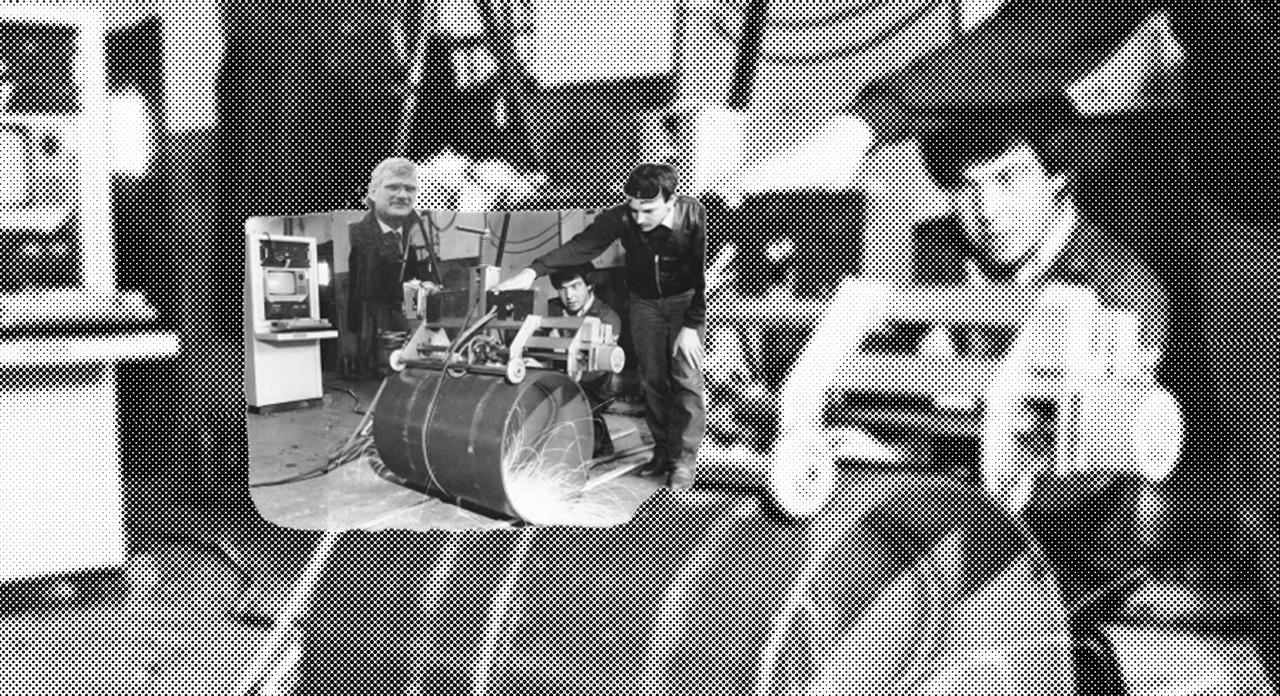
Giving the world of steel the freedom to create
Our advanced smart cutting solutions offer companies across the globe the freedom to design and create some of the most iconic and innovative structures ever built. We empower our clients to push the boundaries of what's possible. 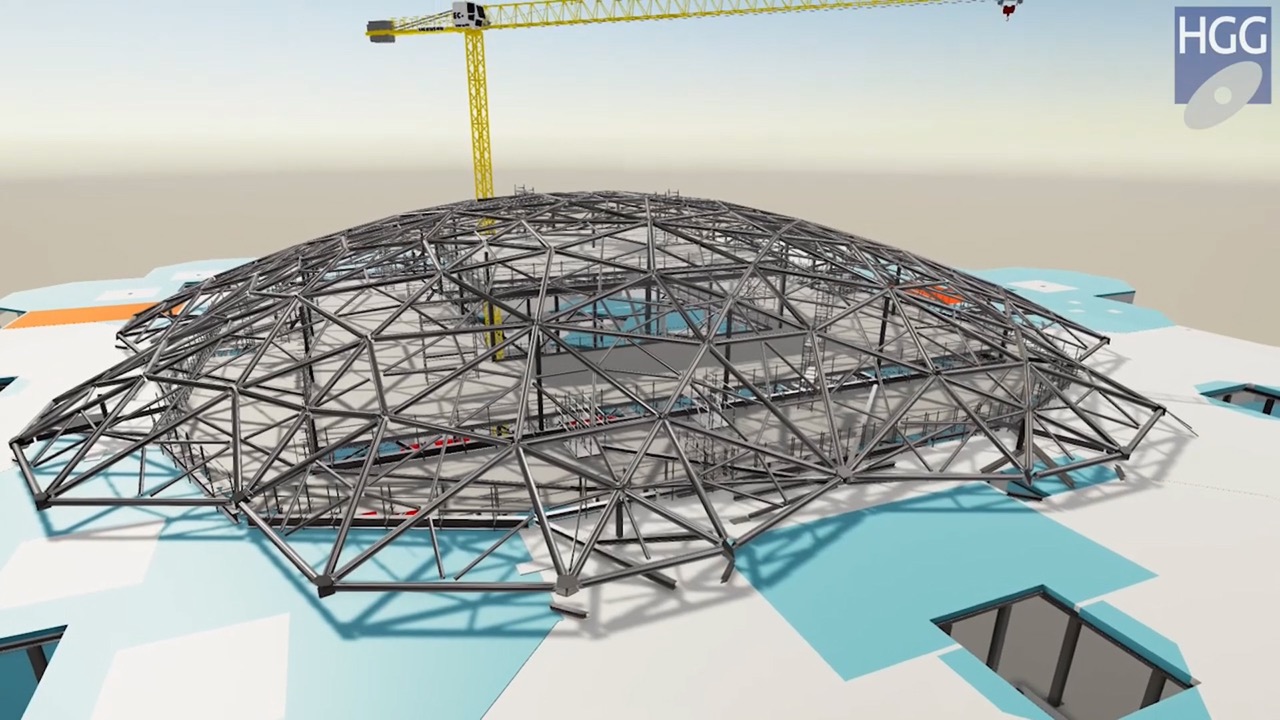
Building machines, and using them daily
We don't just build the world’s best 3D profiling machines in-house; we use them daily for their intended purposes. Handling approximately 500 tons of materials each week and covering a wide range of profiles.CEO 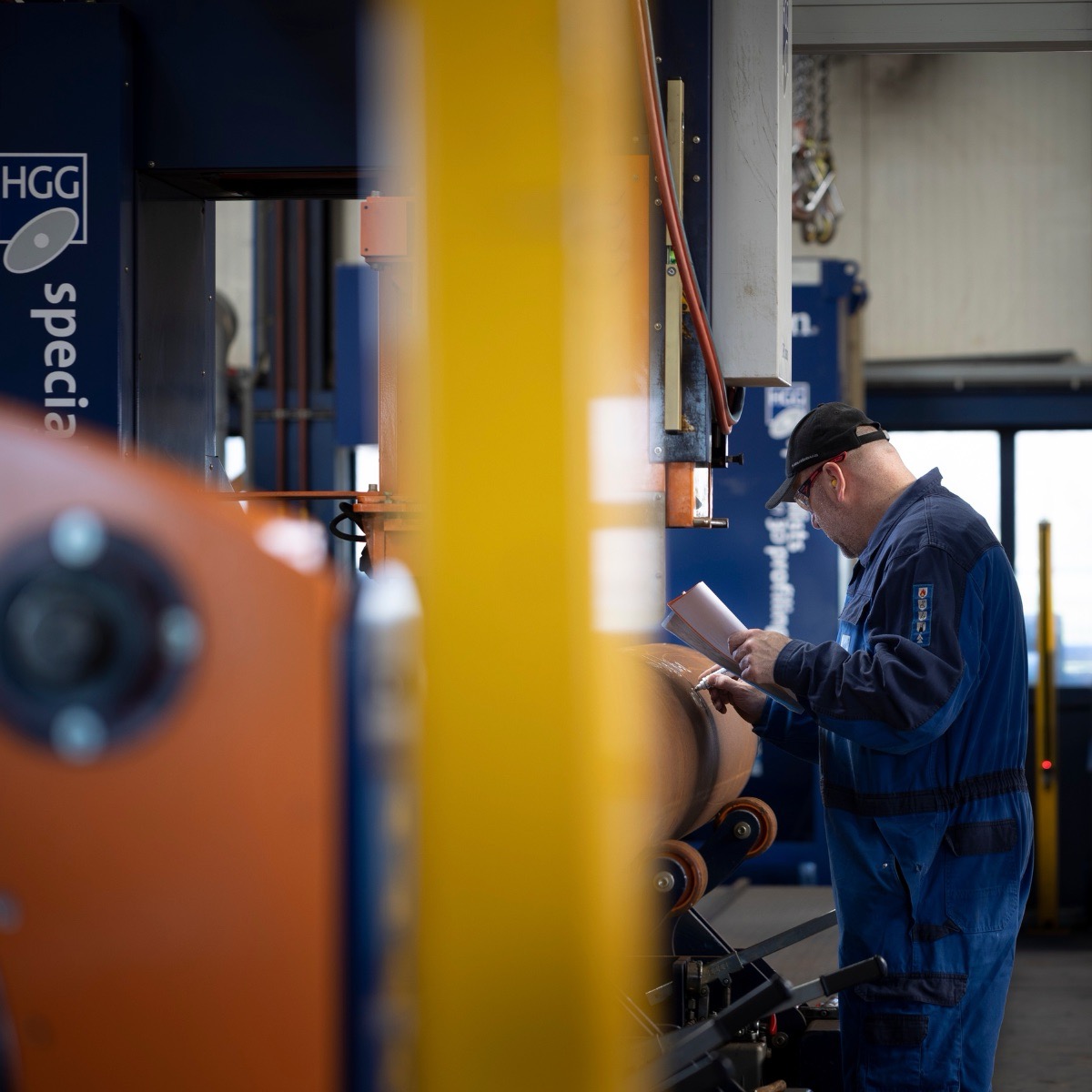
With over 1100+ machines installed worldwide
Over the years our engineers have travelled the world, installing HGG machines across the globe. Bringing our cutting-edge technology to every corner and giving companies worldwide the freedom to create. 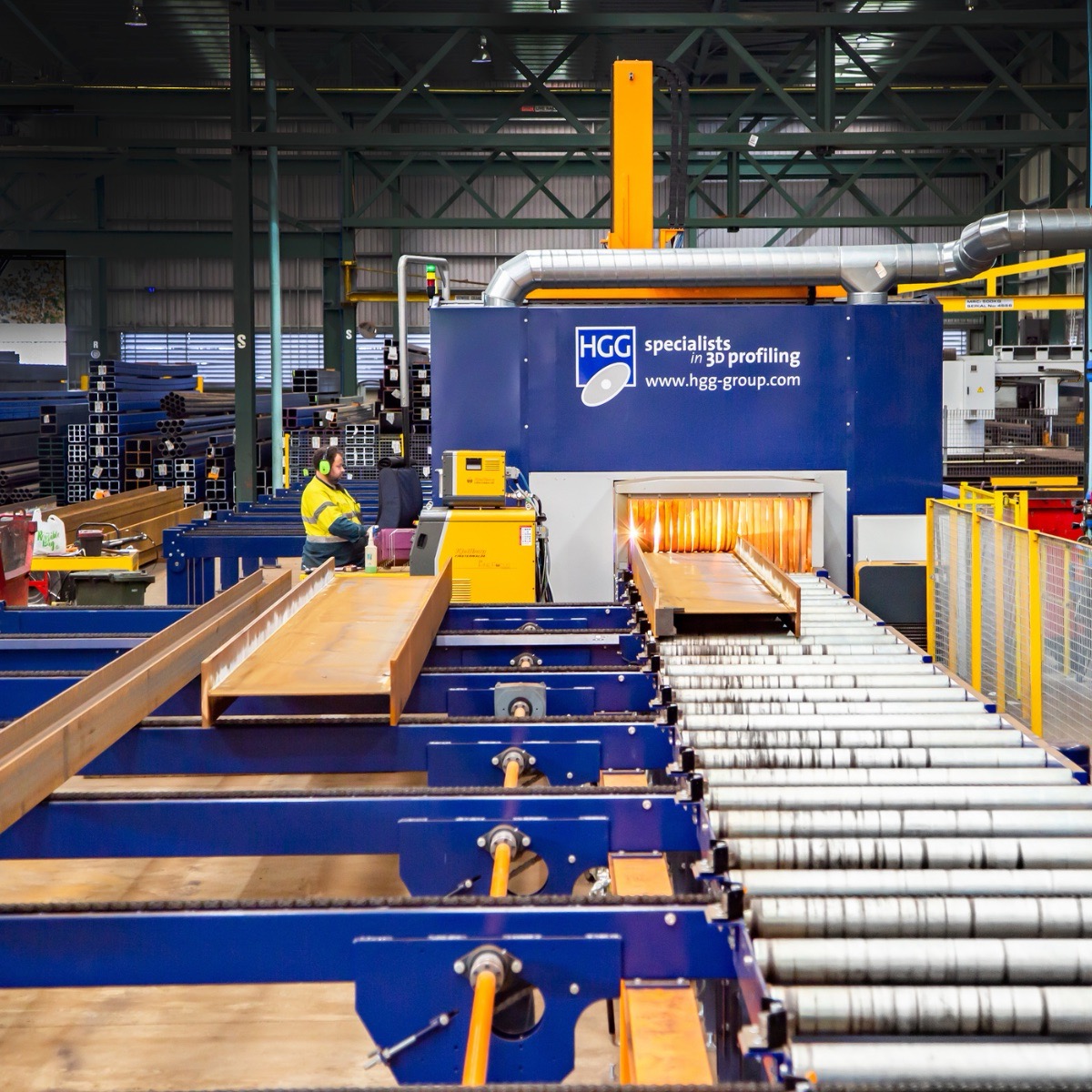
And a team of 170+ professionals
Our team always strive to break new ground and lead the way in 3D profiling, making a name for ourselves as innovators in the market. This mentality is vital to who we are and what we do.CEO 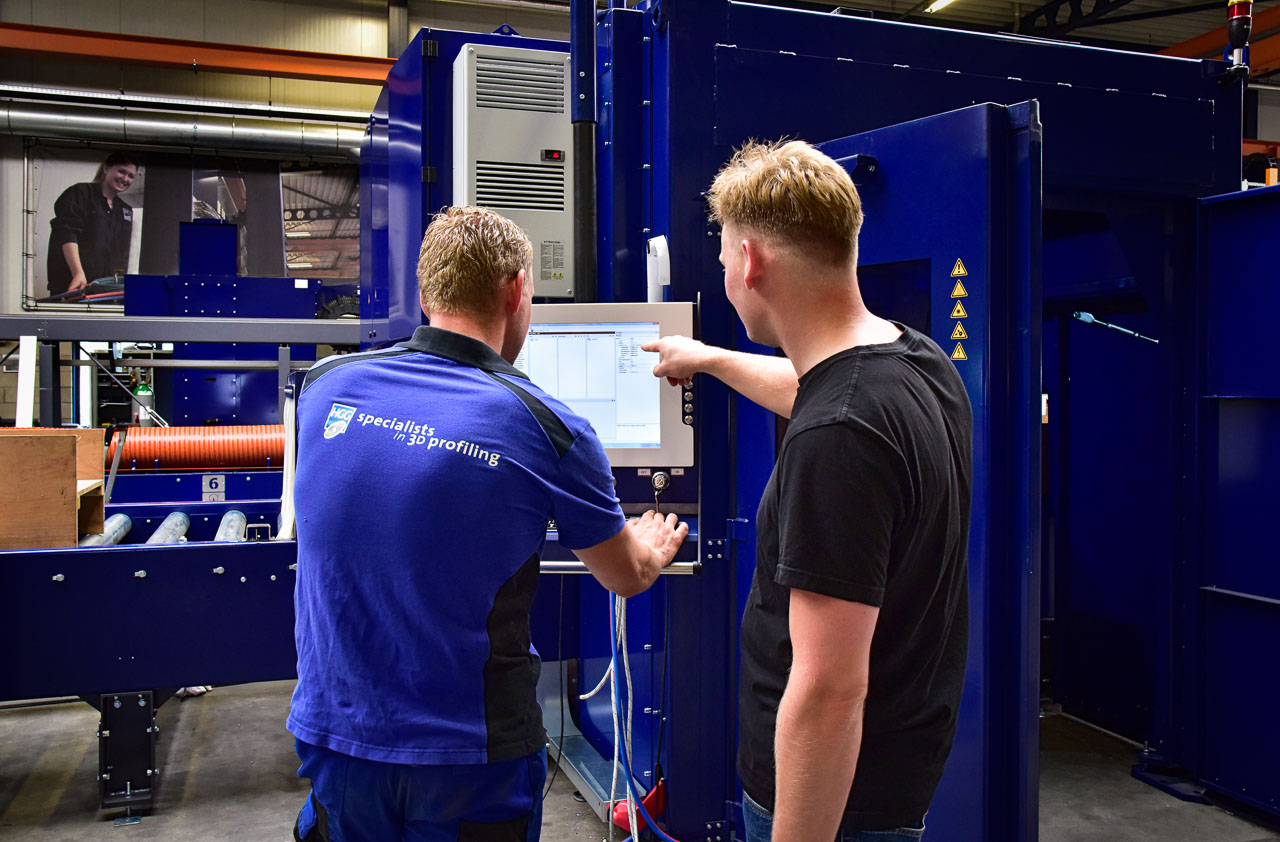
Our machines
Which Profile Shape Do You Need To Cut?
Find the machine you’re looking for
Which Profile Shape Do You Need To Cut?
Industries
Industries that benefit from our solutions.
Industries
Industries that benefit from our solutions.
Case studies in your industry
Trusted by the world's leading companies.
Industries
Industries that benefit from our solutions.
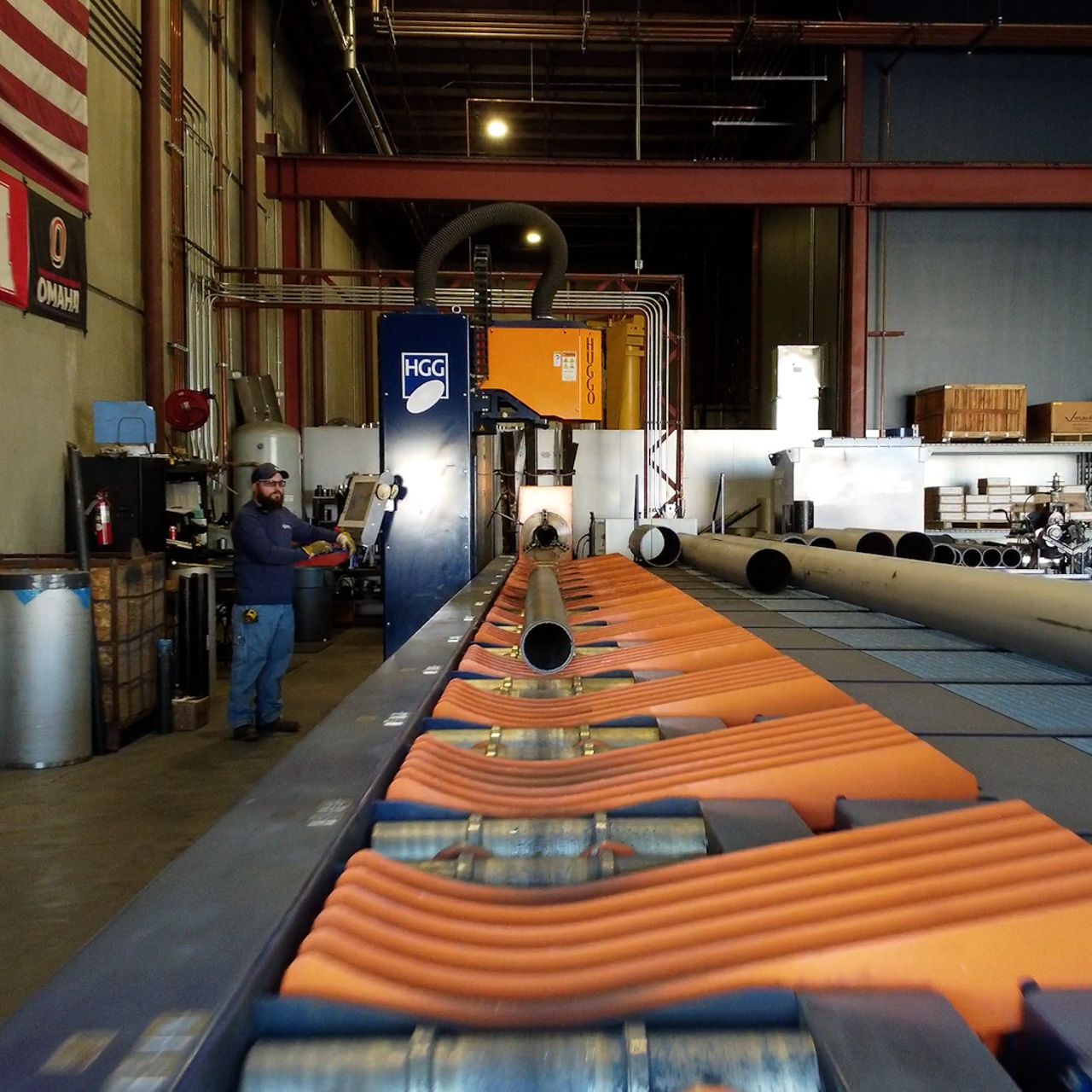
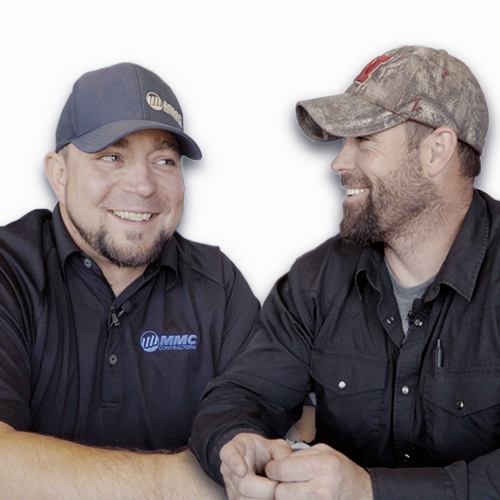
“The HGG is the
heartbeat of the shop.
It drives what gets done
on a daily basis.”
heartbeat of the shop.
It drives what gets done
on a daily basis.”
Mark Janning, Fabshop Manager, MMC Contractors
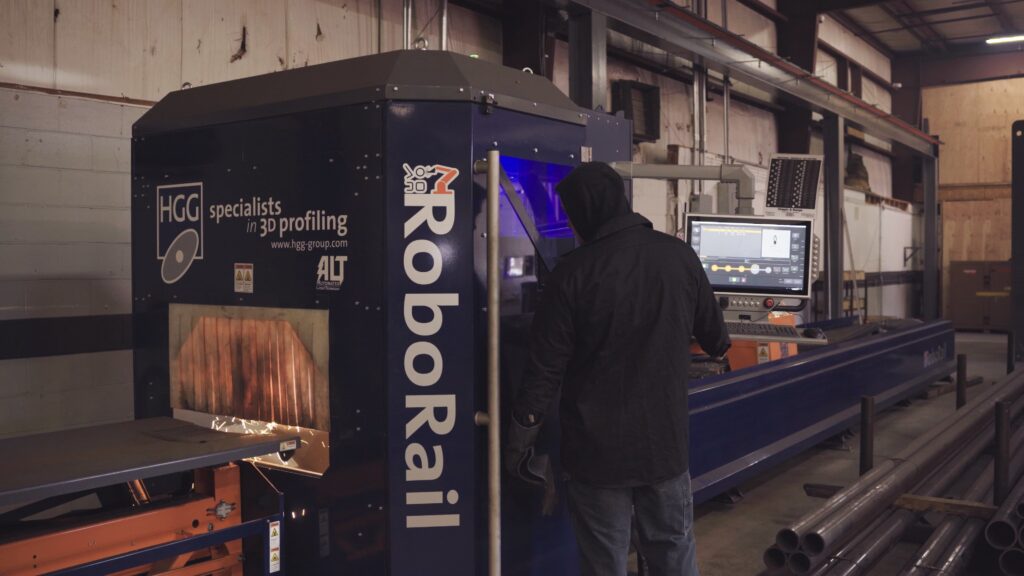
Steel Construction
Client
Griffin Welding
Industry
Steel Construction
MachineRoboRail
Location
Connecticut, the United States
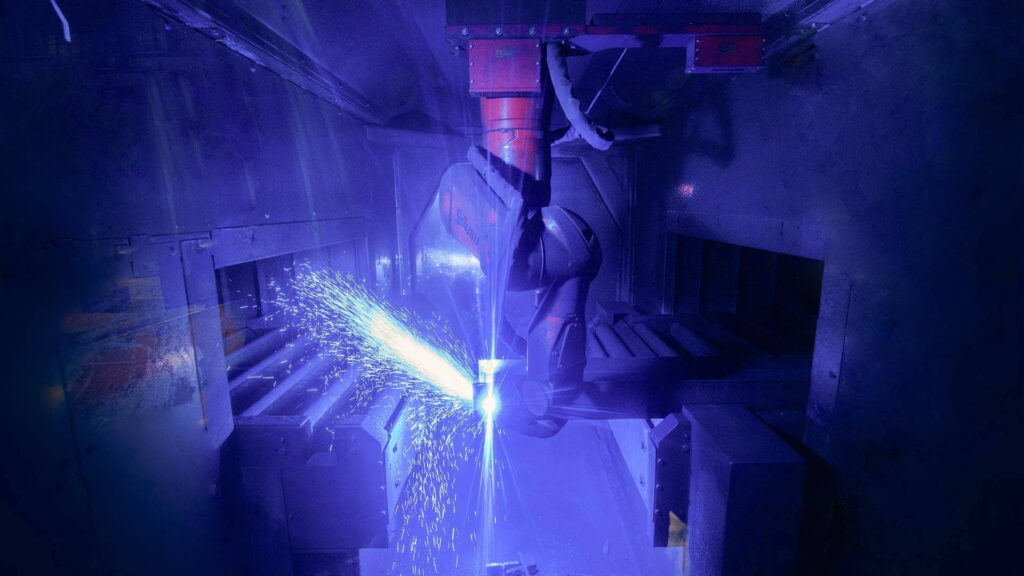
Offshore industry
Client
LJUNGSTRÖM LLC
Industry
Offshore industry
MachineRPC 1200 Mk3
Location
New York, the United States
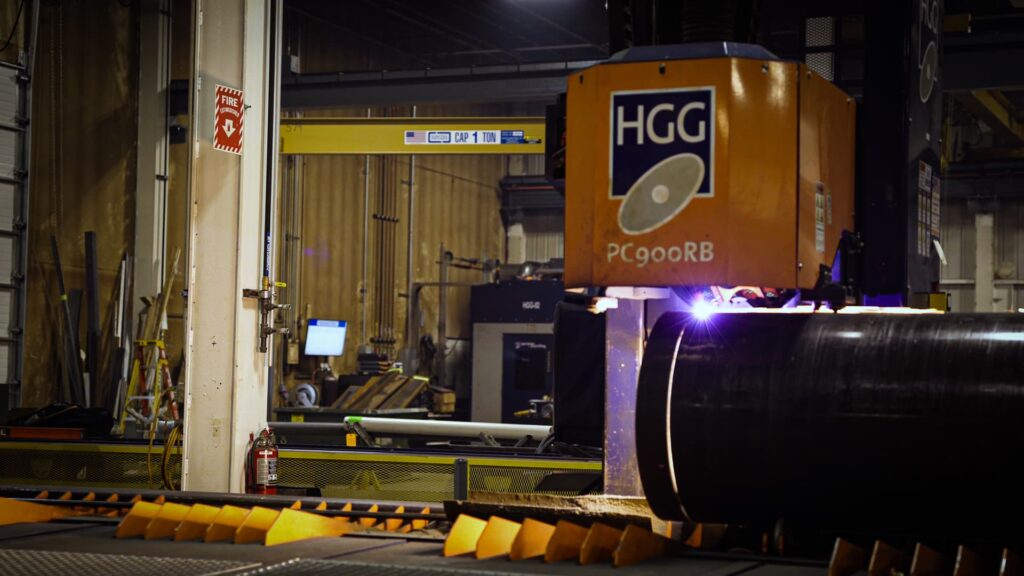
Process
Client
Bassett Mechanical
Industry
Process
MachineProCutter 900 RB
Location
Wisconsin, the United States
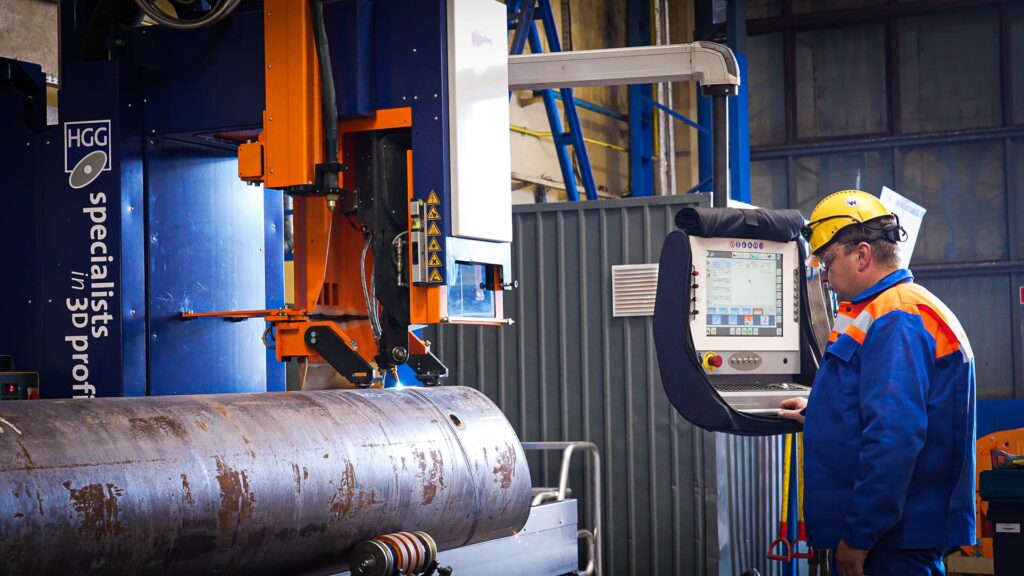
Offshore industry
Client
Mostostal Pomorze SA
Industry
Offshore industry, Steel Construction
MachineMPC 450 | 500 - 1200
Location
Gdansk, Poland
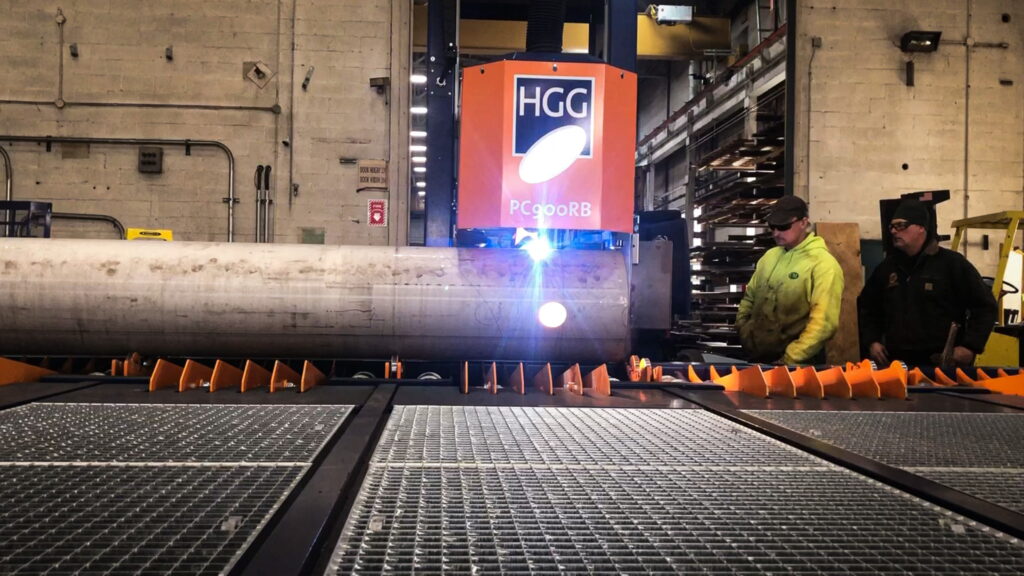
Steel Construction
Client
Coenen Mechanical LLC
Industry
Steel Construction
MachineProCutter 900 RB
Location
Wisconsin, the United States
Looking for sales support?
Reach out directly to our sales manager for expert advice on solutions. Call or email me directly – I am here to help!

Stay up to date
Subscribe to our newsletter to get the latest on our solutions and developments.
